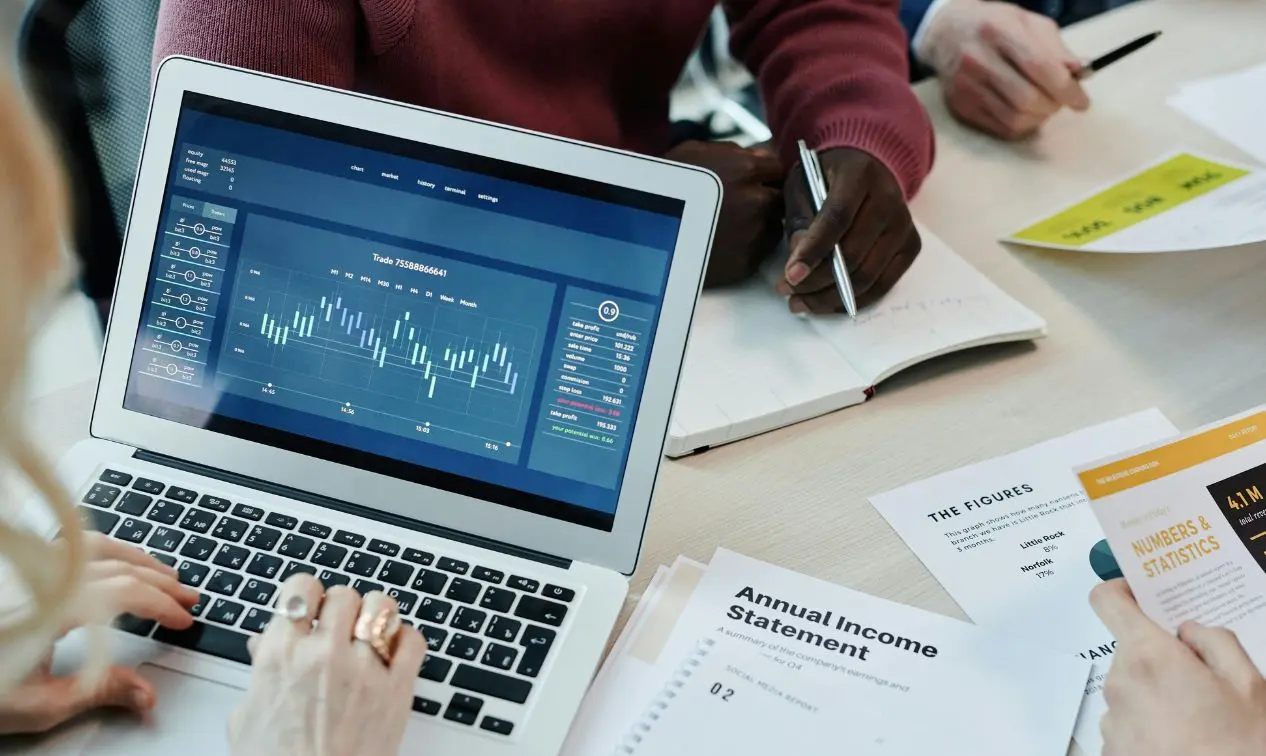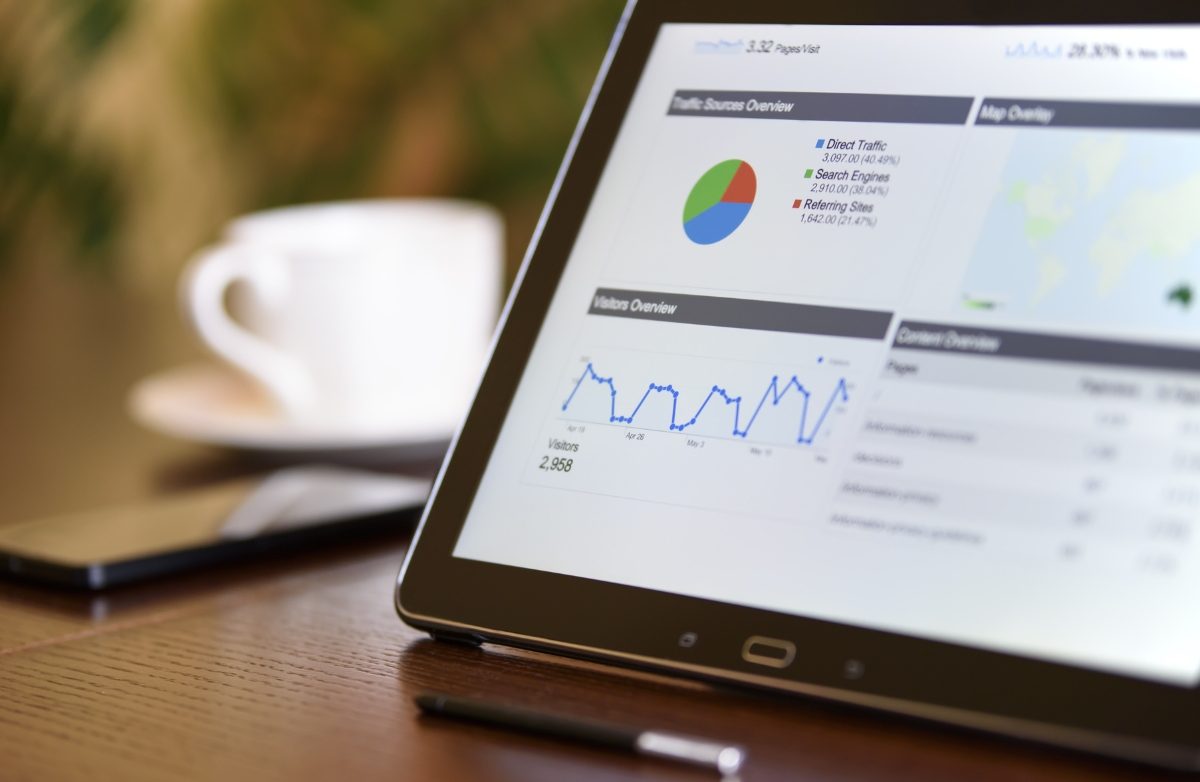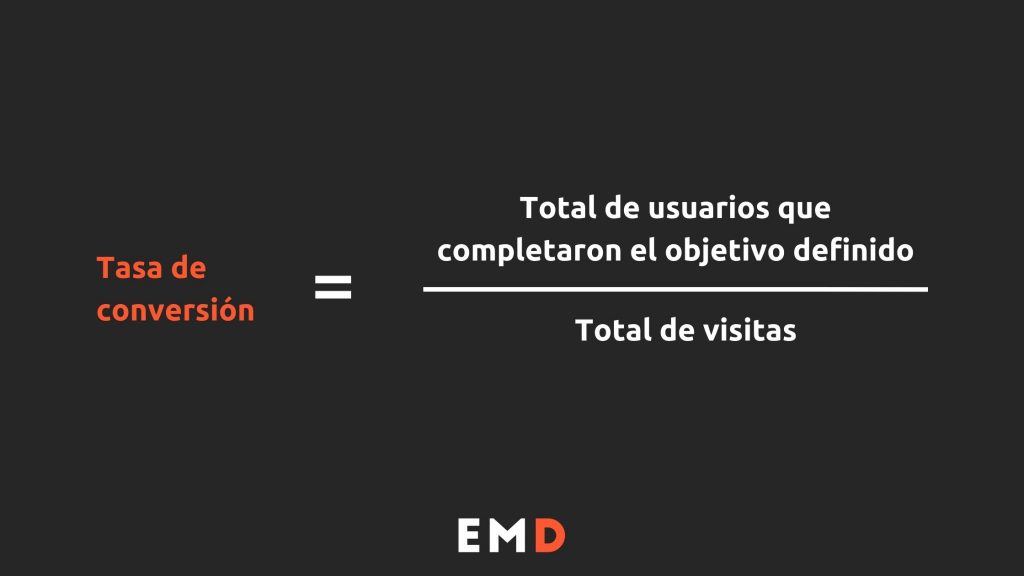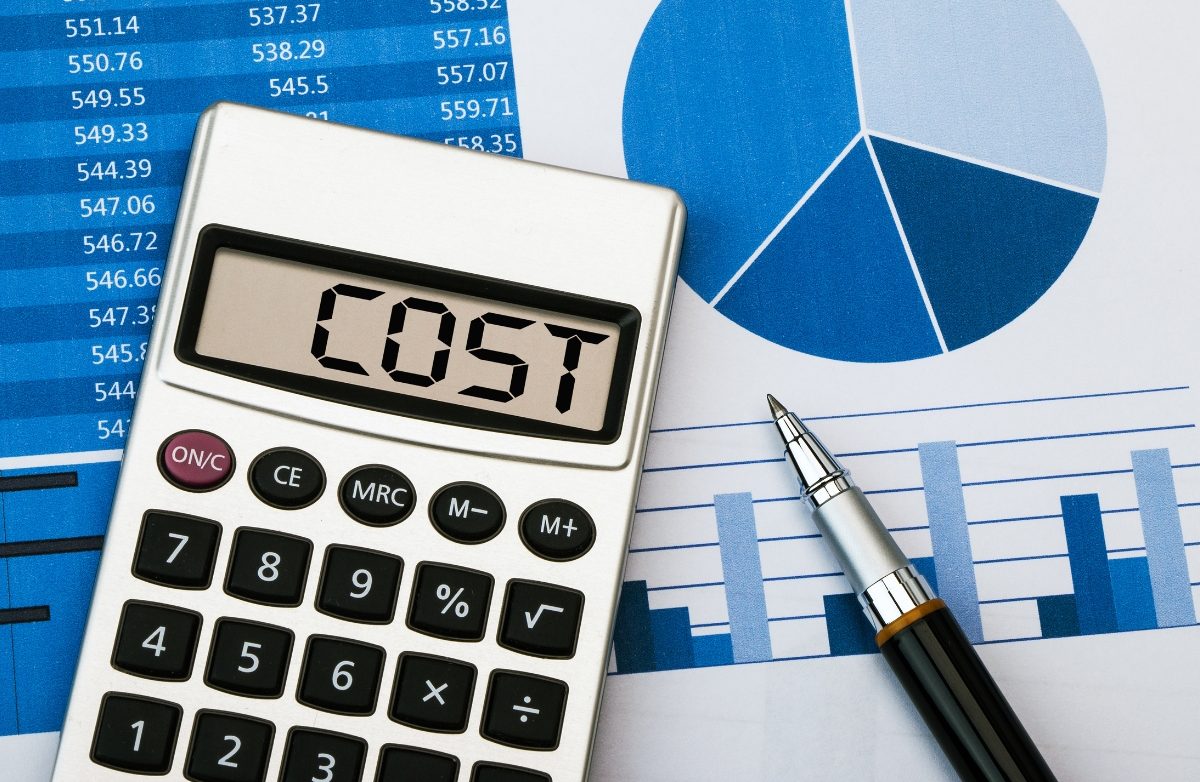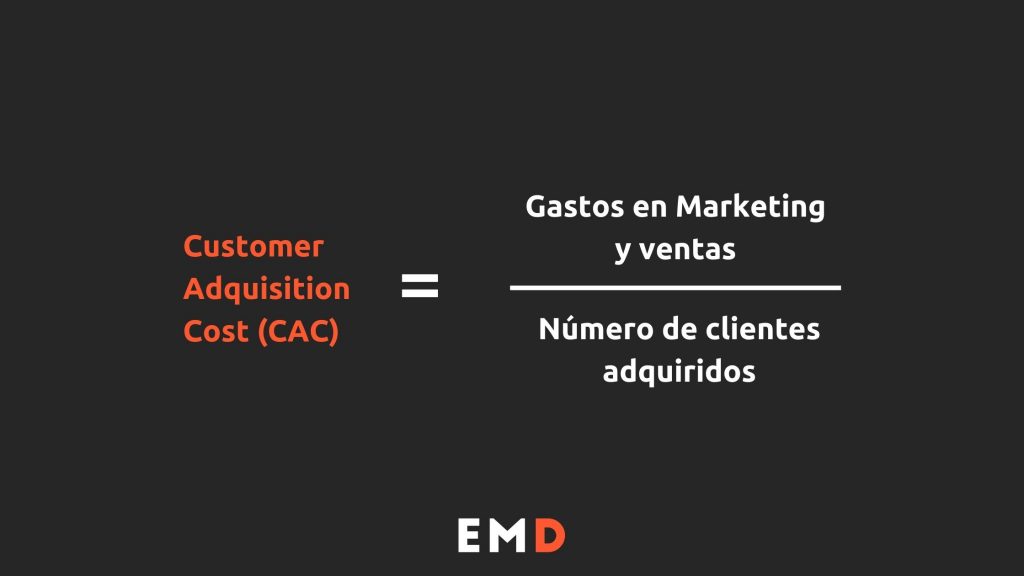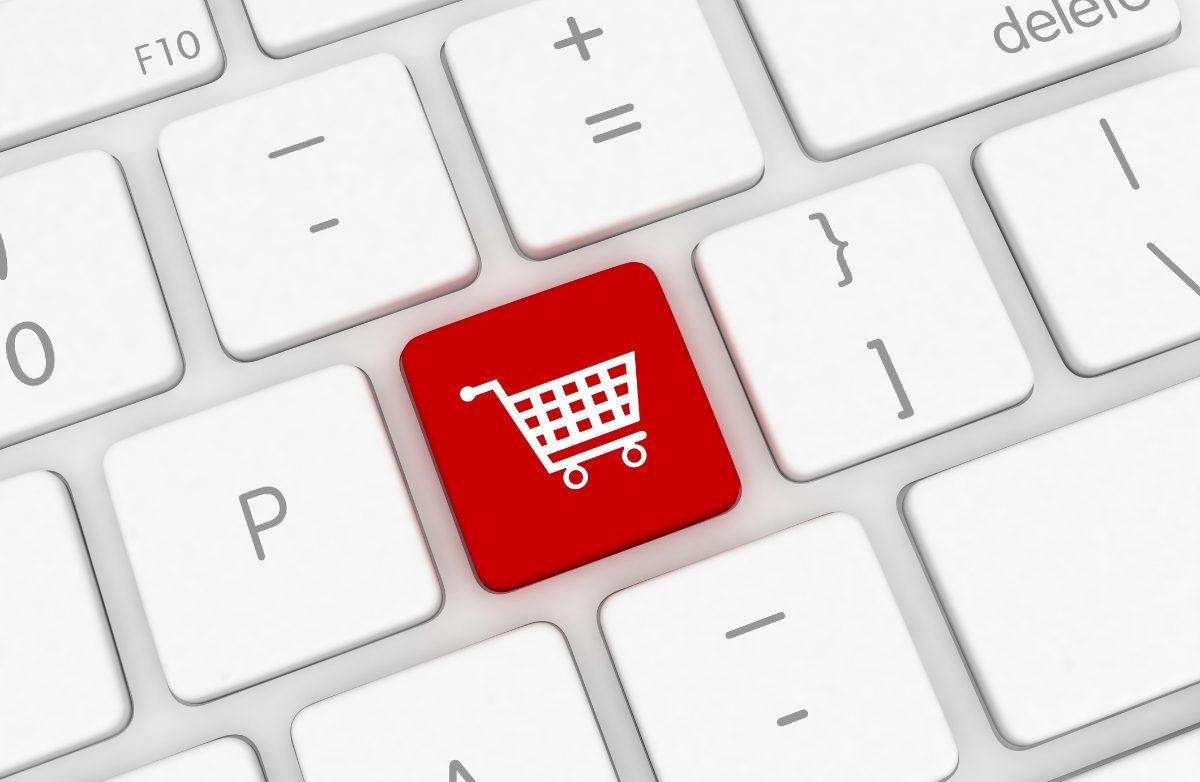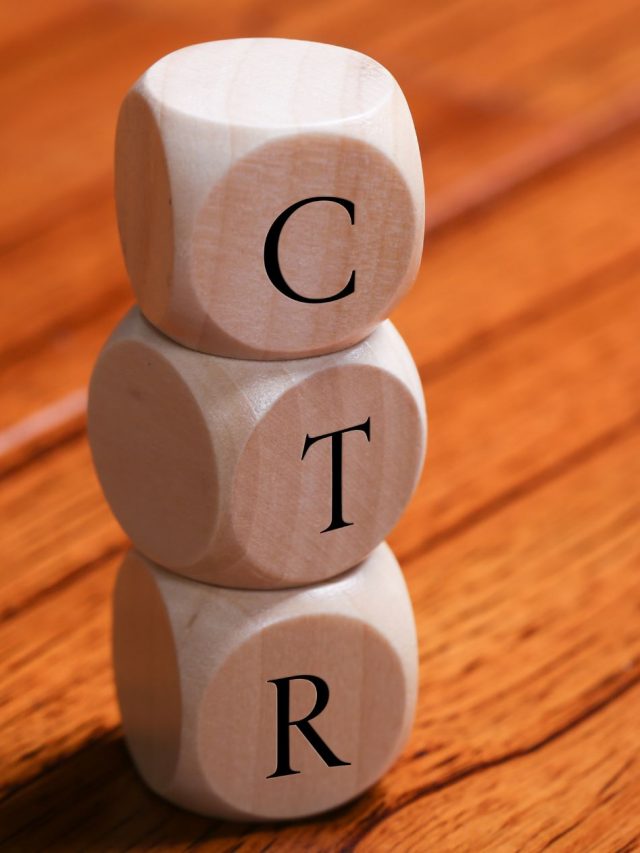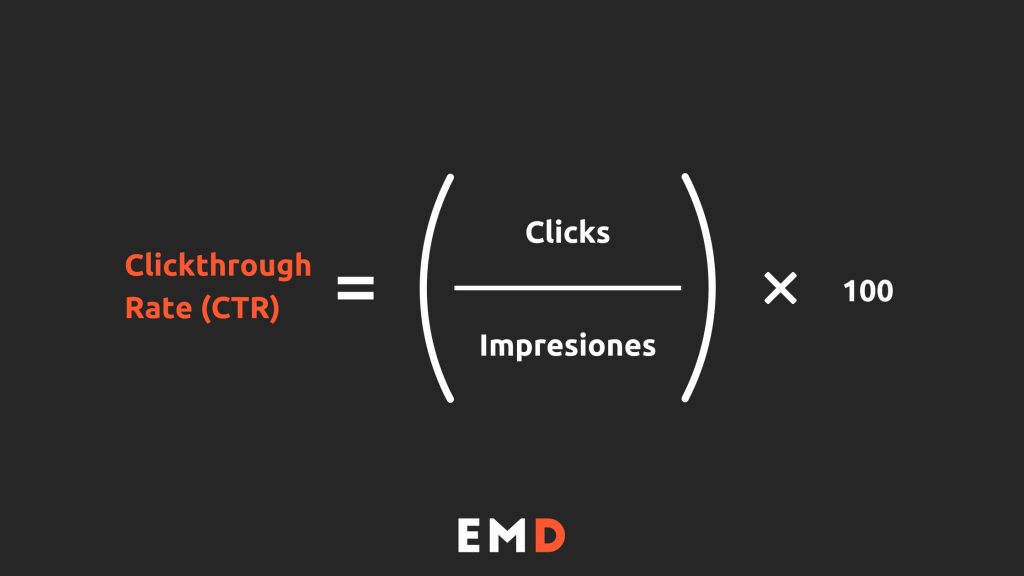Global tensions are transforming European industrial trade. Discover how Spanish SMEs can strengthen their internationalization with digital strategies adapted to each market, based on real industrial data and affinities.
1. The geopolitical impact is no longer macro: it affects industrial SMEs.
Industrial SMEs in Catalonia and Spain are living today in an unstable global environment: trade tensions, logistical increases, new European requirements and fluctuations in international demand.
It is no longer enough to “wait for the market to recover”. The difference between resisting or retreating lies in how the digital structure is managed.
An industrial company with a prepared website, localized communication and adaptable campaigns can react in weeks, not years.
At EMD we see it every day: companies that combine international digital visibility, active channels (SEO, SEM, LinkedIn) and messages tailored to each country maintain their export capacity even in periods of instability.
Practical keys:
- Multilingual website and digital catalog, connected with CRM such as HubSpot or Zoho to manage international leads.
- Digital campaigns configured by market (not generic), with the possibility of reorienting investment if costs or demand change.
- Contents localized according to the industrial and economic structure of the country of destination.
2. Prioritize European markets with lower exposure
According to the European Investment Bank‘s Shock Waves from Turbulent Times report (EIB, 2025), European companies that concentrate their activity within the EU suffer less logistical disruption (14%) than those that rely on supplies from outside the EU (22%).
Intra-EU trade already represents 61% of the European total, confirming that proximity remains a competitive advantage(EIB Report 2025).
For a Spanish industrial SME, this translates into a clear strategy: start with compatible and stable markets within Europe, where costs and response times are better controlled.
Examples of industrial affinity:
- Germany: strong specialization in automotive, mechanical engineering and metal components. Communication should highlight precision, certifications (ISO, TÜV) and energy efficiency.
- France: dominant sectors in agri-food, packaging, cosmetics and mass distribution. Here, messages focused on sustainability, traceability and product design are at work.
- Italy and Portugal: adaptability and proximity stand out. Emphasis should be placed on production flexibility, customized design and fast delivery times.
These markets, which account for more than 50% of intra-EU industrial trade (source: Eurostat, 2024), make it possible to diversify risks without dispersing resources.
3. Localize your digital strategy according to the industrial reality of each country.
Effective localization is not about translating, but about aligning your content with the driving sectors and economic priorities of the target market.
Each European country has its own industrial specialization and its own technical language. Therefore, a generic page in English loses weight compared to a communication that speaks the economic language of the customer.
How to adapt your strategy:
- In Germany, publish technical content on automation, industrial processes and control standards.
- In France, focus communication on sustainability, eco-design and innovative packaging, connecting with the values of local industry.
- In Northern Europe, offer verifiable data and open technical documentation (downloadable datasheets, carbon footprint, certifications).
- In Southern Europe, we emphasize production flexibility, proximity and personalized collaboration.
At the digital level, this means creating country- and industry-specific landing pages, with tailored messaging and visuals. In LinkedIn Ads or Google Ads campaigns, segment not only by country, but also by industry and buyer function (e.g. maintenance managers in Germany, packaging buyers in France, etc.).
Industrial localization turns digital marketing into a technical positioning tool, not just a commercial one.
4. Conclusion: industrial resilience through digital marketing.
Spanish industrial SMEs cannot control tariffs or international policy, but they can control their digital responsiveness.
And that is a real competitive advantage today.
Three essential steps:
- Create an agile digital export infrastructure with multilingual presence.
- Prioritize European markets with industrial compatibility and lower logistical risk.
- Localize content and campaigns according to the economic and sectorial structure of each country.
These decisions, based on data and executed judiciously, strengthen internationalization without increasing fixed costs.
Contact EMD to design a digital internationalization strategy adapted to your industrial reality and to the new global challenges.
Keywords: industrial internationalization, B2B digital marketing, export strategy, european markets, content localization


